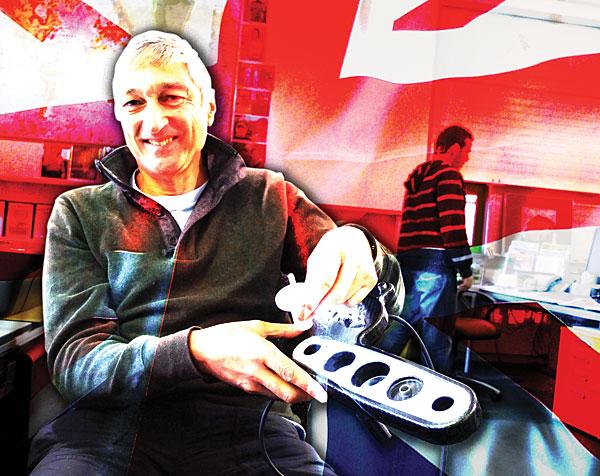| Columns Retired Columns & Blogs |
This was the first article I read when I got this month's magazine. I only own one Rega product their discontinued Fono which I bought last year on sale when they phased it out. I couldn't believe how good it is for so little money. Even though I have upgraded and don't use it I have not sold it as I think it is exceptional. I feel the same way about their products that I have heard at local dealers, the Apollo R and Brio R products have really impressed me and if I was starting from scratch I would immediately put them on the top of my list and doubt I would be wanting anything better. I wish them many many years of success.








































